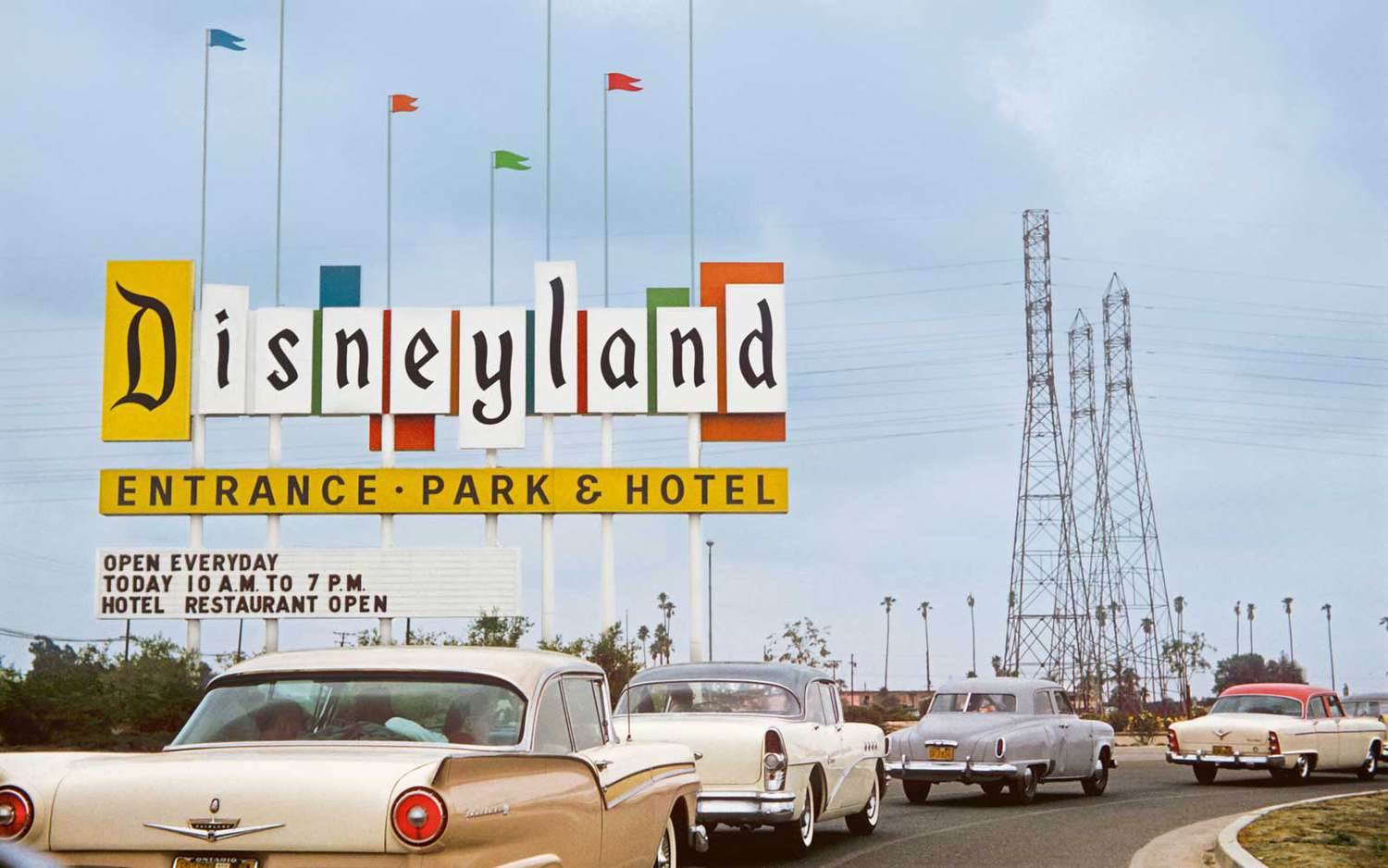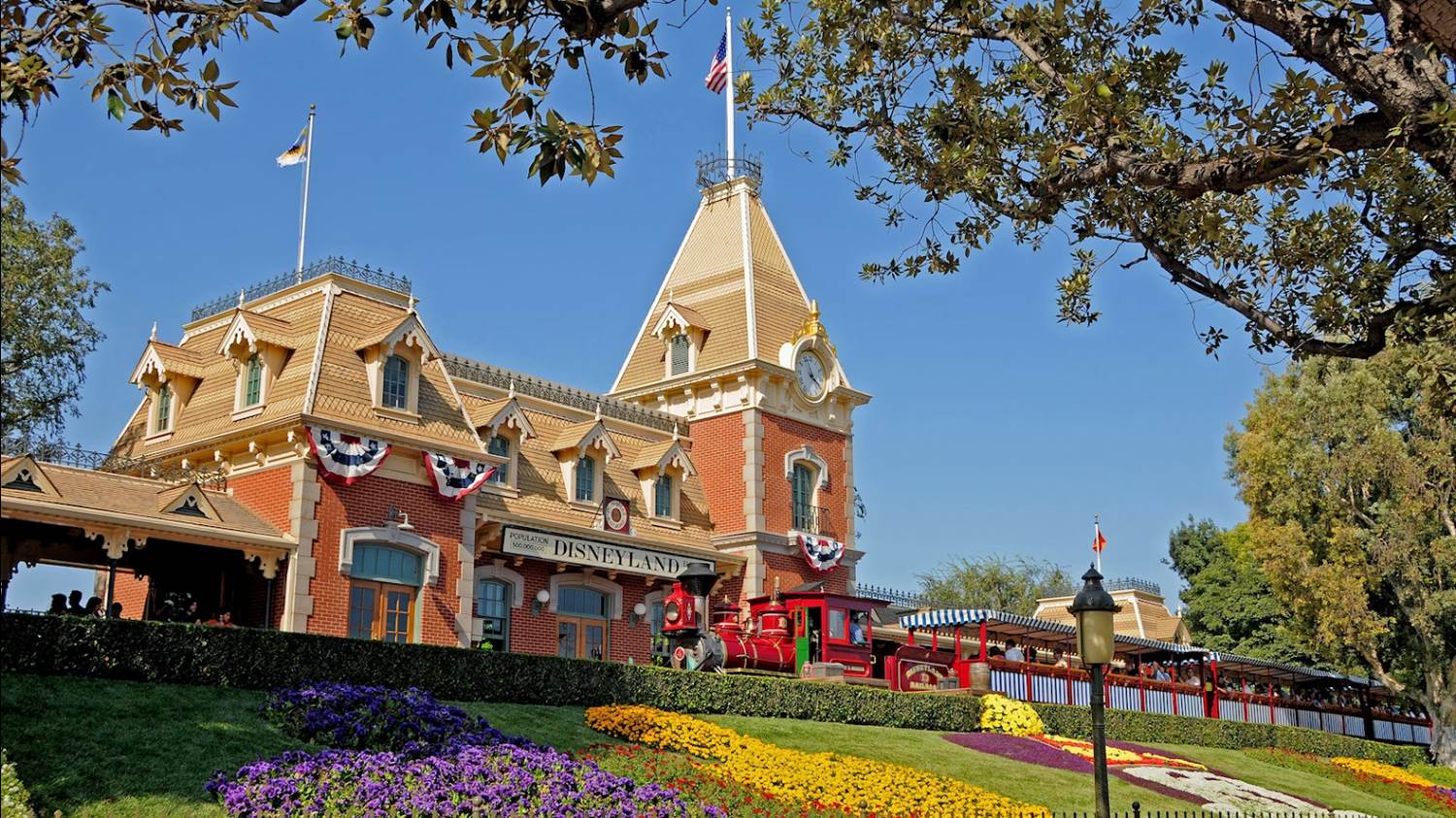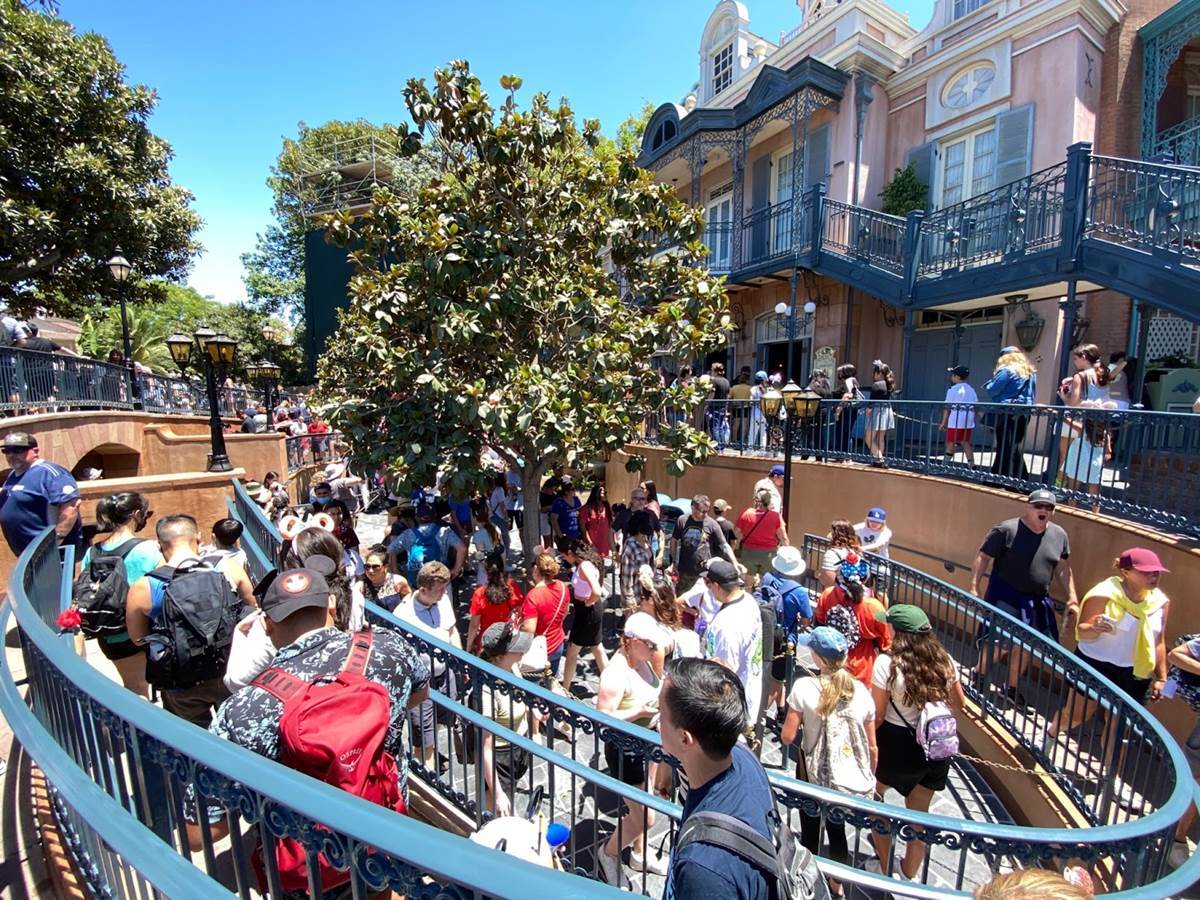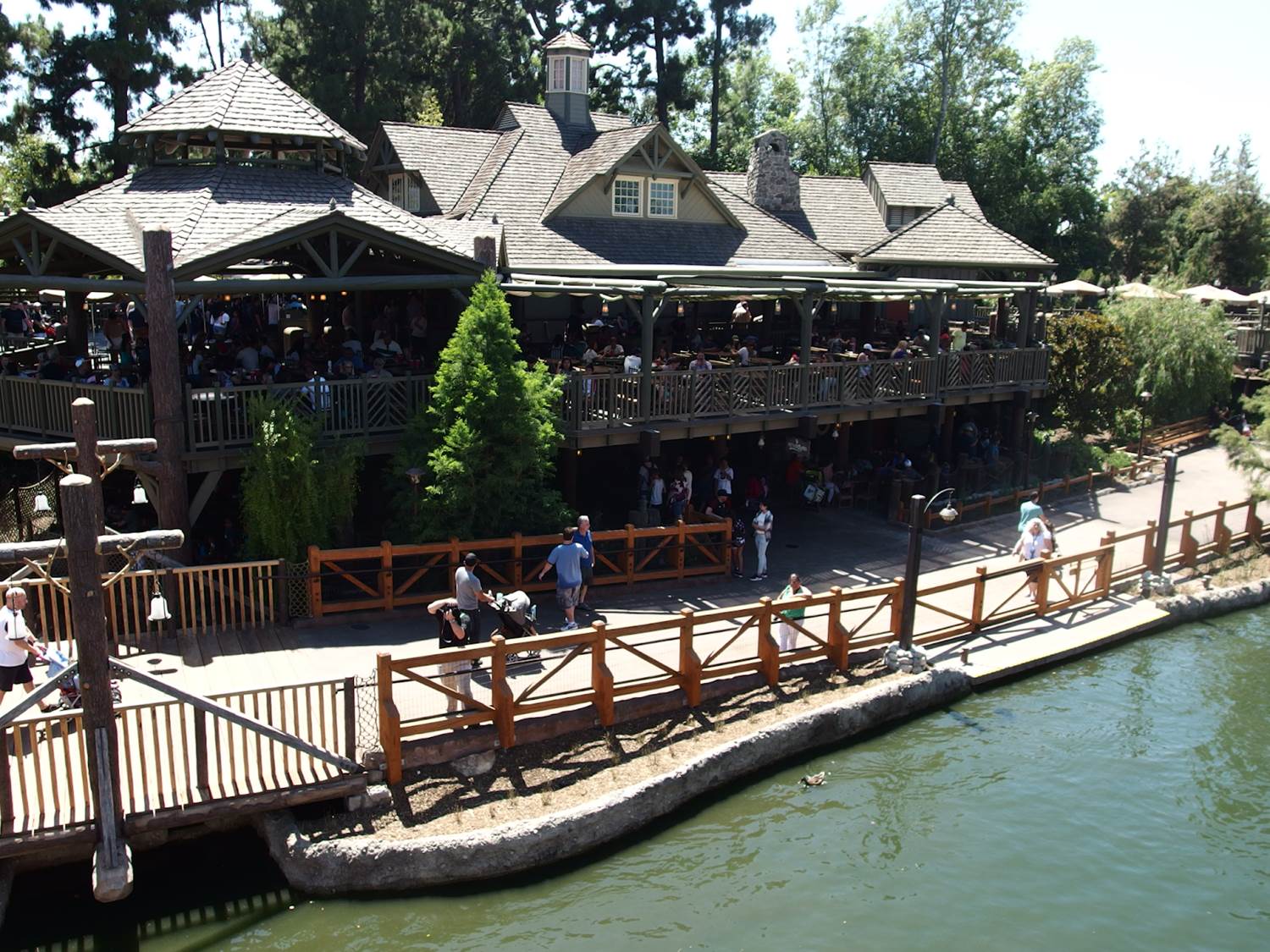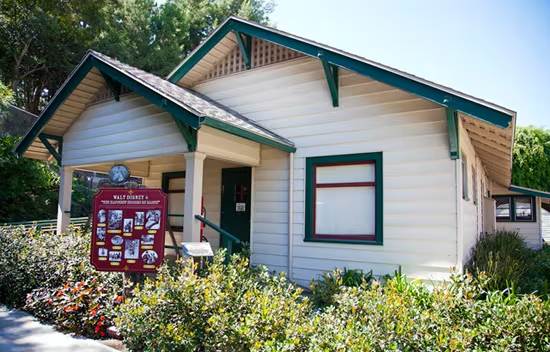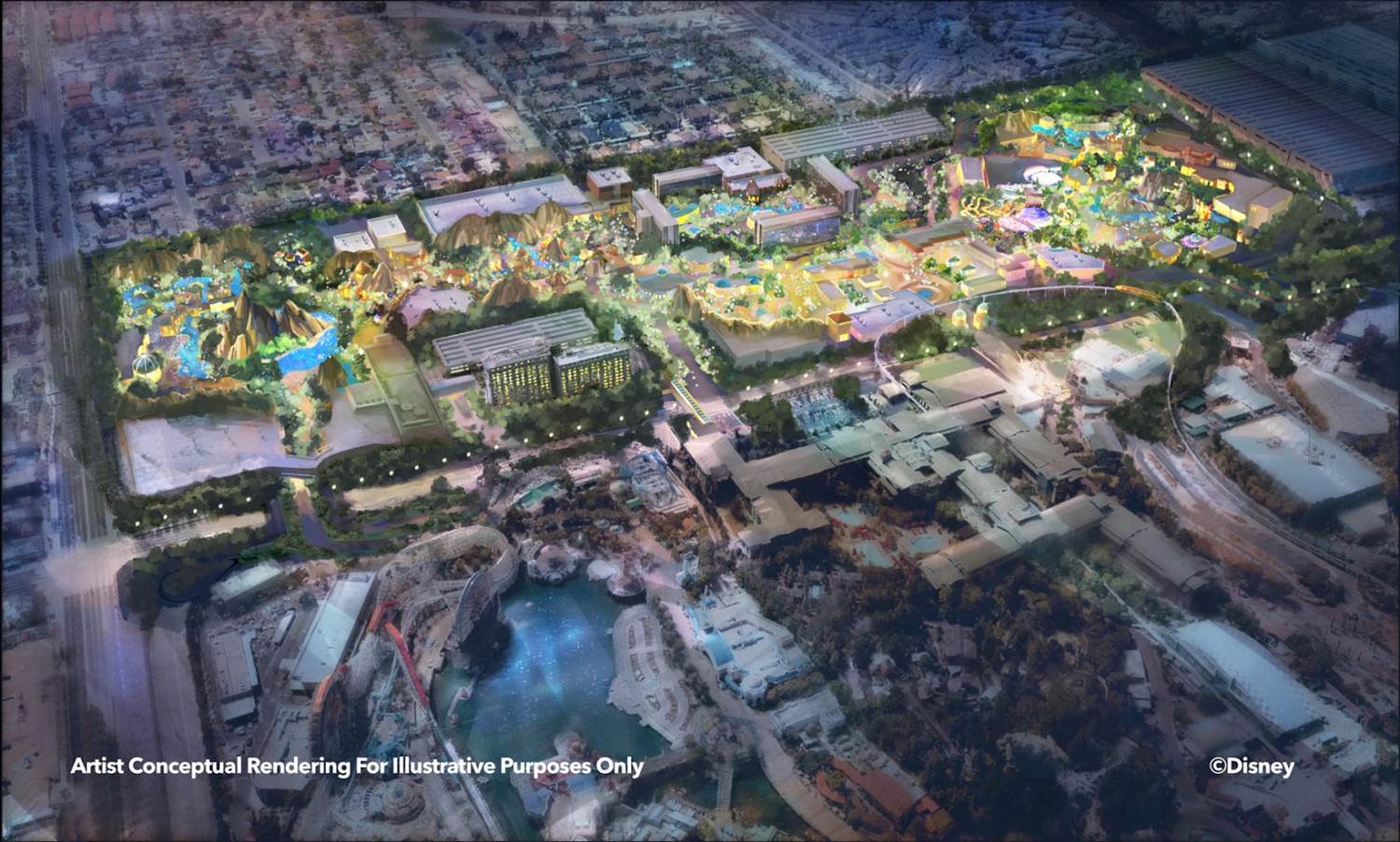DisneylandForward Environmental Impact Report References National Historic Sites Including Hungry Bear Restaurant
A recent meeting in the City of Anaheim regarding the new DisneylandForward project brought up some interesting trivia for many a Disney fan. During the meeting, an Environmental Impact Report was discussed, and one thing that might surprise folks is that these reports, at least in the Anaheim area, also include the impact of a project on historical sites. But is Disneyland a historical site? That’s where things get interesting.
Let’s back up a bit. Anaheim’s Citywide Historic Preservation Plan was adopted in 2010 and provides for the identification and protection of historic resources, both individual properties and districts, throughout the City. That study did not include a citywide historic resources survey, but instead provides guidance for the evaluation and local designation of historically significant properties and districts.
Prior to this in 2004, the Federal Communications Commission (FCC) implemented a Nationwide Programmatic Agreement to exclude from Section 106 review certain undertakings involving the construction and modification of facilities, and to streamline and tailor the required review under Section 106 of the National Historic Preservation Act (NHPA) for other such undertakings. Since the adoption of the Programmatic Agreement, three communications undertakings at the Disneyland Park and one in proximity to the Anaheim Convention Center have been evaluated for potential effects to historic resources.
The designated locations will certainly offer some great trivia for Disney fans and historians alike. In 2005, the Main Street Railroad Depot (referred to in the report as the “Disneyland Railroad Depot") was identified as eligible for listing in the National Register of Historic Places under Criteria A, B, and C because it “appears eligible for association with significant events and persons as well as significance related to architecture and engineering within the amusement park property type" and is a “contributor to a potential National Register historic district."
In 2019, Pirates of the Caribbean was identified as eligible for listing in the National Register of Historic Places under Criterion A as “part of the overall general development of the Disneyland Park in the first phase of renovation and expansion in the 1960s," and under Criterion C as “a good example of the French Quarter New Orleans/Theme Park architectural style."
Also in 2019, and the most interesting on this list, the Hungry Bear Restaurant was identified as eligible for listing in the National Register of Historic Places under Criterion A for “its association with the second phase of renovation and expansion of Disneyland in the 1970s," and under Criterion C as “a good example of Rustic/Theme Park style architecture."
Outside of guest view, The Pope House, an existing single-family residence that was relocated to the theme park in 1955 to serve as the home of Owen and Dolly Pope, has been identified in the Historic Resources Technical Report as potentially individually eligible for local designation as the first building at the theme park. Relocated in 2016 to the northwest corner of a backstage area, the house is significant due to Disneyland’s unique significance to the growth and development of Anaheim after World War II. The Pope House strongly represents a significant event in local history and appears to meet the eligibility standards for listing as a Historically Significant Structure.
Beyond the berm, in 2020, the Anaheim Convention Center, which was constructed in 1967, was eligible for listing in the National Register and California Register as “part of the broad patterns of the post-World War II changes that were taking place in Southern California, specifically in the City of Anaheim." Interestingly, the evaluation again noted that the building “did not retain sufficient integrity to convey its historic significance" nor did it specify which portion(s) of the building are historically significant. However, the evaluation references the 1967 Anaheim Convention Center, so it is presumed that later additions to the building were not found to contribute to its significance. It should also be noted that in 2021, a report concurred with the results of the findings, but did not specify historic integrity like the previous one.
Notably, Disneyland as a whole was found “eligible for National Register listing because it retains its association with important historical events/pattern of events and personages and continues to possess unique and distinctive design/construction/engineering qualities."
The site also “has the potential to yield important information since it was the principal source of unique design, construction, and engineering techniques not yet fully researched or acknowledged."
The evaluation even includes a notation that states “over the years, many rides have come and gone in the Park, but the overall design, concept, setting, feeling, and historical associations have remained constant and unaltered." According to the Historic Resources Technical Report which was prepared for the DisneylandForward project, “the establishment of Disneyland in 1955 was a significant catalyst in the transformation of Anaheim after World War II, and Disneyland continues to play a principal role in the City’s economic and physical development…The Historic Resources Technical Report analyzed whether Disneyland should be treated as a historical resource for purposes of California Environmental Quality Act…[and] identified a potential Disneyland Theme Park Historic District that appears eligible for listing in the National Register for its establishment as the earliest and most influential theme park in the United States; for its association with Walt Disney and his original vision for the park; and for its design characteristics."
To clarify, this is a potential historic district, and has not yet been identified as one. A proposed map attached to the full report also indicates that the district would only apply to Disneyland Park. The surrounding areas, including Disney California Adventure and even the Disneyland Hotel would not be included in this potential district.
As of the last report in 2016, neither Disneyland nor any individual park features like the ones listed above, have been LOCALLY designated, and are not included in the City of Anaheim List of Historic Structures and Structures of Historical Interest. The DisneylandForward Environmental Impact Report did not name these locations specifically and how they would be affected by Disney’s zoning initiative, but did state that the project would “result in a significant and unavoidable impact on historical resources" - which could be as simple as construction at Disneyland Park, and does not necessarily mean the destruction of Pirates of the Caribbean or the Hungry Bear Restaurant.
As a reminder, DisneylandForward is an effort by Disney to, simply put, get the areas of property they own throughout Anaheim rezoned so they can potentially expand their parks and themed experiences. For example, a parking lot is currently zoned as that - a parking lot. If the rezoning effort proves successful, they can now use that land and build a Downtown Disney-esque retail and dining area once that lot is rezoned. When Disney announced this plan, they also gave EXAMPLES of what could be built in the future, naming IP like Zootopia and Frozen as potential new lands at the parks, if this initiative were successful. However, much to the chagrin of many fans out there, these were not official expansion plans, just an idea to help Disney get their idea across. More information about this initiative can be found at their official site, here.



